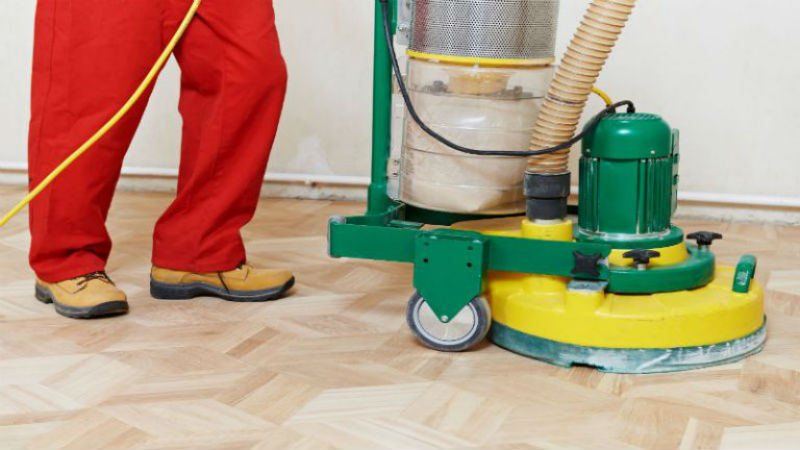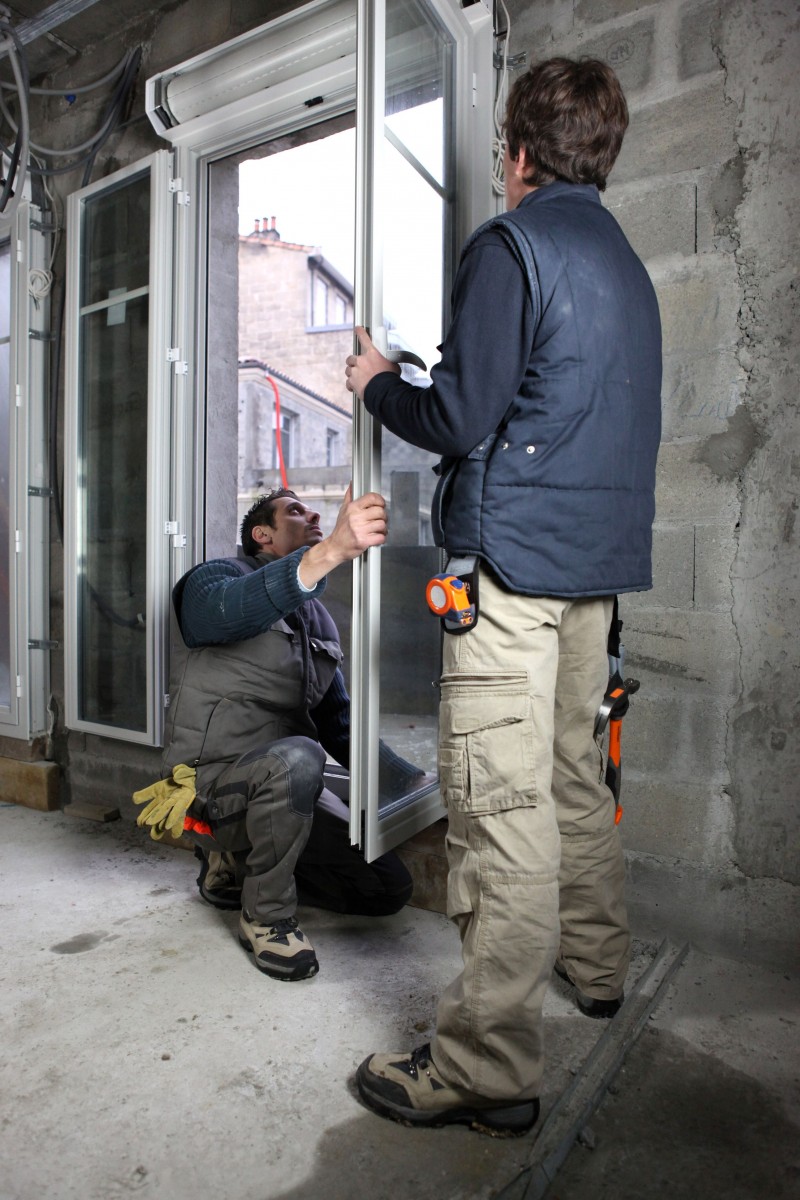Water damage can be one of the most destructive types of damage you will ever experience in your home. Water damage can occur during a fire, flood, damaged roof or burst pipe. When your home is flooded with massive amounts of water, it can damage every surface it touches. How your proceed in the water restoration after you experience damage is crucial to how much of your belongings you will be able to recover. When you experience Water Damage in Wichita, you need to contact a water restoration company, so they can come out and take care of the water damages as soon as possible.
What Should You Do When You Experience Water Damage in Your Home?
You first need to make sure you turn off your electricity in the affected area. Water and electricity should never mix and cause electrical shock that could lead to death. Making sure your electricity is turned off should be your first goal.
If the water in your home is caused by a leak, it is imperative you turn off your water supply to your home, so the flow of water can be stopped. This will prevent more water from entering your home and causing further damages.
You will next need to remove all of your valuable and sentimental items, like photographs. These should be moved to a safe area so they do not experience any damage. If any of these items has been damaged by water, leaving them in an area to dry can help stop further damage.
Your furniture and all removable rugs should also be removed from the area. This will assist the restoration company when they come in to begin cleanup. This allows them full access to your flooring so all water can be removed.
If you have experienced Water Damage in Wichita, you need to act as quickly as possible. Contact ACT Emergency Clean up and allow them to get started on restoring your home from the devastating effects of water damage. They will work with you and your insurance agency, to make sure you receive compensation for your damages and for the cost of restoration.


